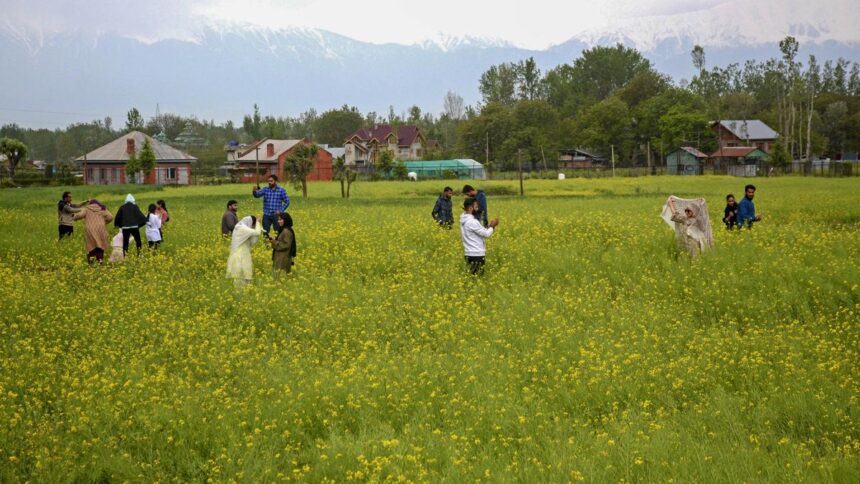The India Meteorological Department (IMD) Director-General, Mrutunjay Mohapatra, warned that India is likely to experience below-normal rainfall in February, which could have a “significant adverse impact” on the standing wheat crop. This could affect crops such as mustard and chickpea, leading to early maturing. Additionally, horticultural crops like apples may experience bud-break and early flowering due to warmer temperatures, potentially resulting in poor fruit setting and quality.
To mitigate the adverse effects, intermittent light irrigation may be necessary to sustain crop growth. Despite the challenges, India is aiming for a good wheat harvest to address the current tight supply situation. However, the country faces rising wheat prices due to the tight supply, prompting the government to sell wheat from the Food Corporation of India’s stocks to help stabilize prices.
In terms of weather outlook for February, many areas in India are expected to experience below-normal rainfall, with temperatures likely to be above normal in most parts of the country except for central-western regions and the southern peninsula. Weak La Nina conditions are currently prevailing, which are expected to continue until April before transitioning to ENSO-neutral conditions in May.
The Indian Ocean Dipole is currently neutral and will remain so until September. Despite La Nina conditions, which are typically associated with heavy rain, India experienced 72 percent deficient rainfall in January. This can be attributed to a lack of moisture infusion from the Arabian Sea and the delayed withdrawal of the North-East monsoon.
Overall, January saw the fourth-lowest rainfall since 1901 and the fifth-lowest since 2001. Maximum and minimum temperatures over rainfall-deficient areas were above normal, while temperatures in the southern peninsula were normal to below normal. The IMD Director-General emphasized the impact of climate change on rainfall patterns and temperature deviations.
The IMD Director-General also highlighted the importance of ENSO conditions and the Indian Ocean Dipole in shaping India’s weather patterns. Despite the challenges posed by below-normal rainfall and warmer temperatures, efforts are being made to sustain crop growth and ensure a stable food supply for the country.










